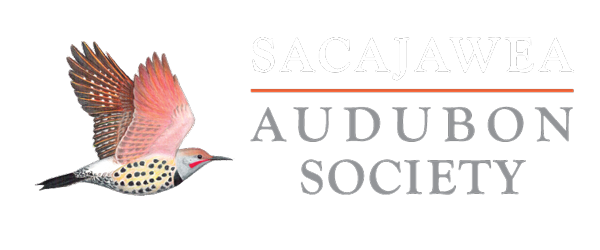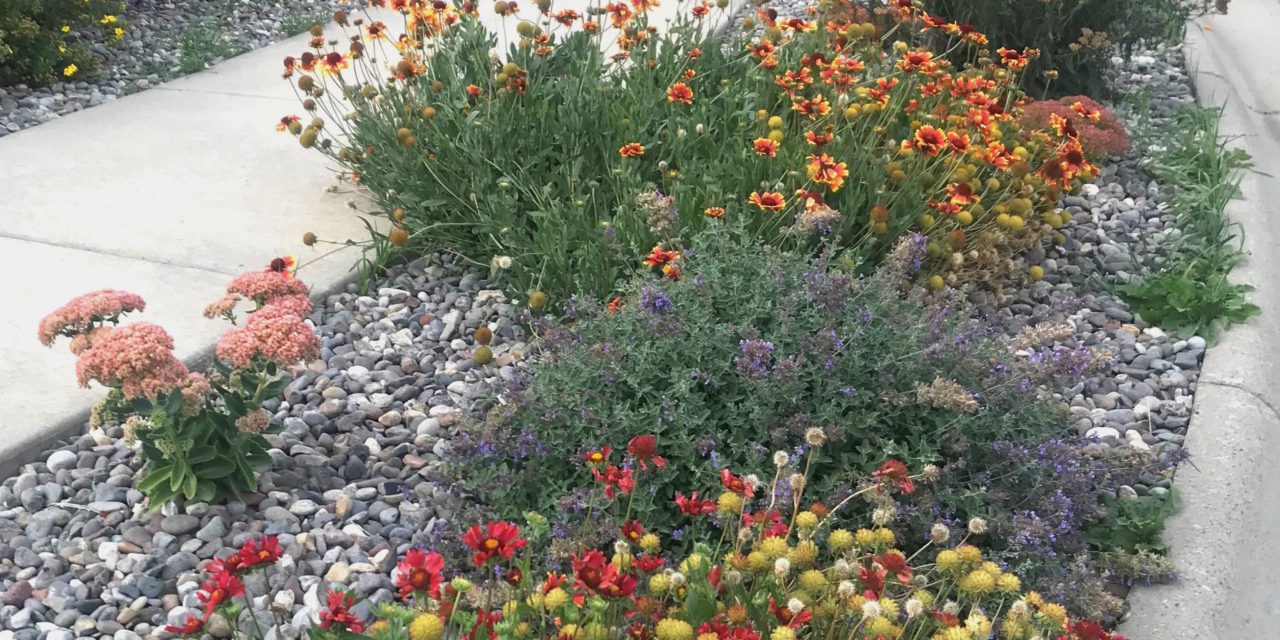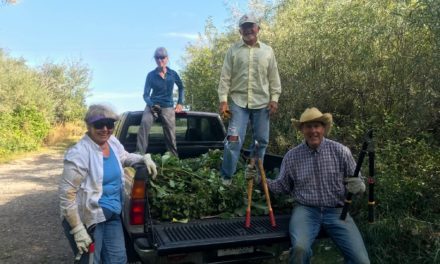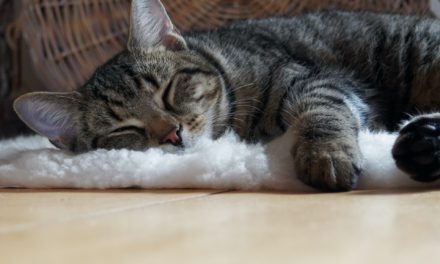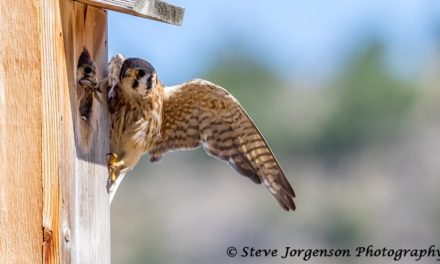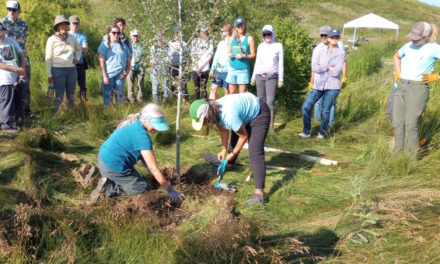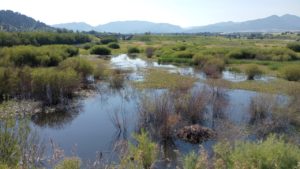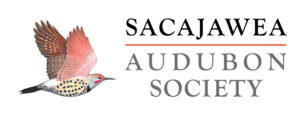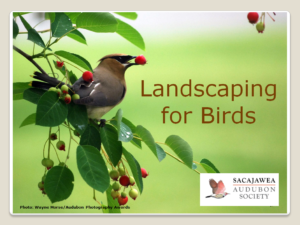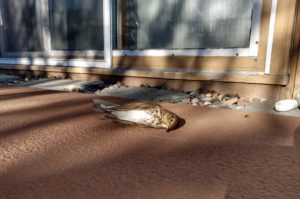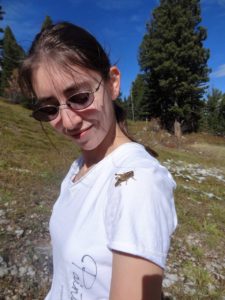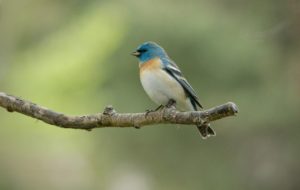By Paulette Epple
Spring is in the air and it’s that time of year when our thoughts naturally turn to gardening and landscaping. That could mean planting a new shade tree or a cluster of berry-producing shrubs for the birds. Or… maybe it’s time to jazz up the boulevard strip with a colorful, drought-tolerant garden to support the native bees, butterflies, and birds.
Boulevard strips (that section of lot frontage lying between the street and sidewalk) are desirable in urban areas to provide a safety buffer between pedestrians and moving traffic, and for snow storage in northern climates like ours. Even though boulevards are really an extension of your front yard, they are often neglected, can be troublesome to maintain, and generally provide zero benefit to birds and pollinators. Most homeowners just plant bluegrass in this “no-man’s land,” but it’s an awkward area to mow, and watering the narrow strips can be inefficient since much of the water runs off into the street.
It doesn’t need to be this way! More and more communities and property owners are realizing that boulevard strips provide an excellent opportunity for planting drought tolerant and native species, creating more attractive environments and benefiting pollinators and birds.
Below are some suggestions on how you can create a vibrant boulevard garden and invite pollinators and birds to your yard. Don’t have a boulevard strip? Any of these ideas work for a garden along your driveway, wrapped around your patio, or anywhere else in your yard.
You can also mix and match, with shorter plants along the edges and taller plants in the middle. Add a few Little Bluestem or Prairie Junegrass for interest and because skipper butterflies need grasses for their life cycle.
The first step in redoing a boulevard is to remove whatever grass and/or weeds might be growing there. For a small enough area this is best done with a shovel, making sure to dig deep enough to remove the roots of the plants to prevent resprouting. For larger areas a sod-cutter, similar in size to a rototiller, can be rented and used to strip the sod. Grass can also be killed with natural weed killer products (often containing vinegar) or by covering it thoroughly with cardboard for a year. Once the grass is gone you may want to incorporate some compost to improve the soil. Mulching after planting with bark dust or shredded cedar will help to keep moisture in and weeds down. Keep the final grade of the area just slightly below the level of the sidewalk and curb or rain will wash the mulch off.
If you plant a perennial garden using these plants, you won’t need to water much after the plants are established. You will be doing your part to save precious water resources while supporting biodiversity in your yard. The taller plants will provide seeds for finches and sparrows while all the blossoms will attract bees, butterflies, hummingbirds, and a whole variety of insects. Remember, planting for insects supports birds too since most songbirds raise their young on a diet of insects.
As Dr. Doug Tallamy has told us, we are “nature’s best hope” by planting our yards and boulevards with plants that provide what our wild neighbors need to thrive.
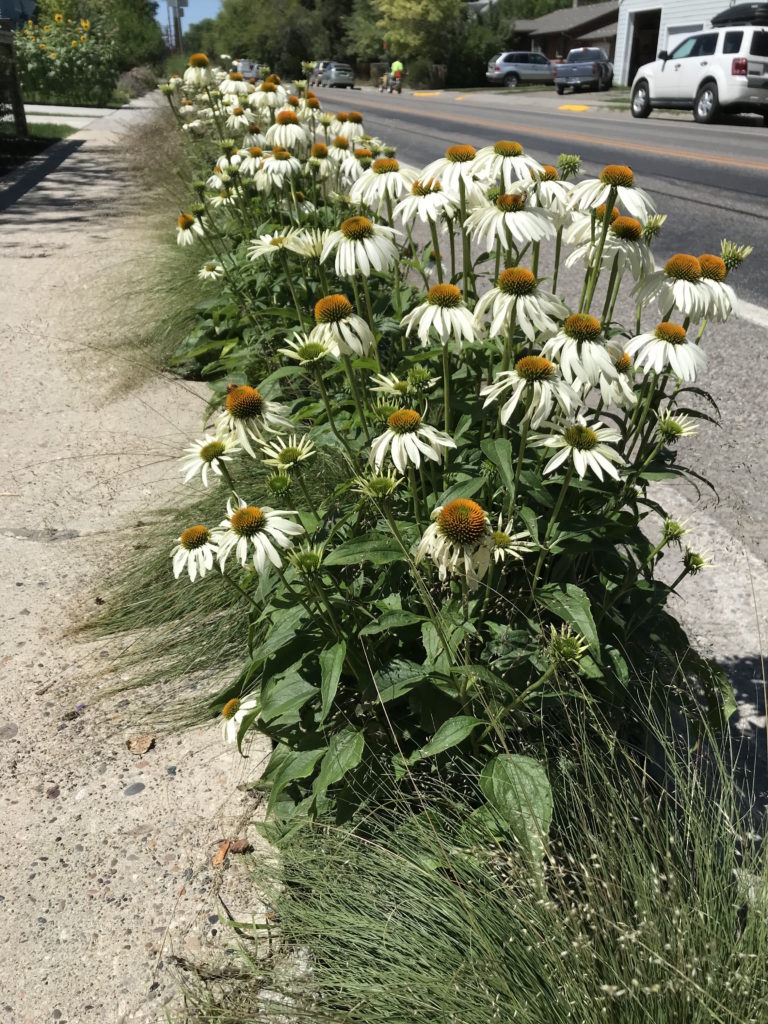
White Coneflower and Prairie Dropseed grass by Paulette Epple
